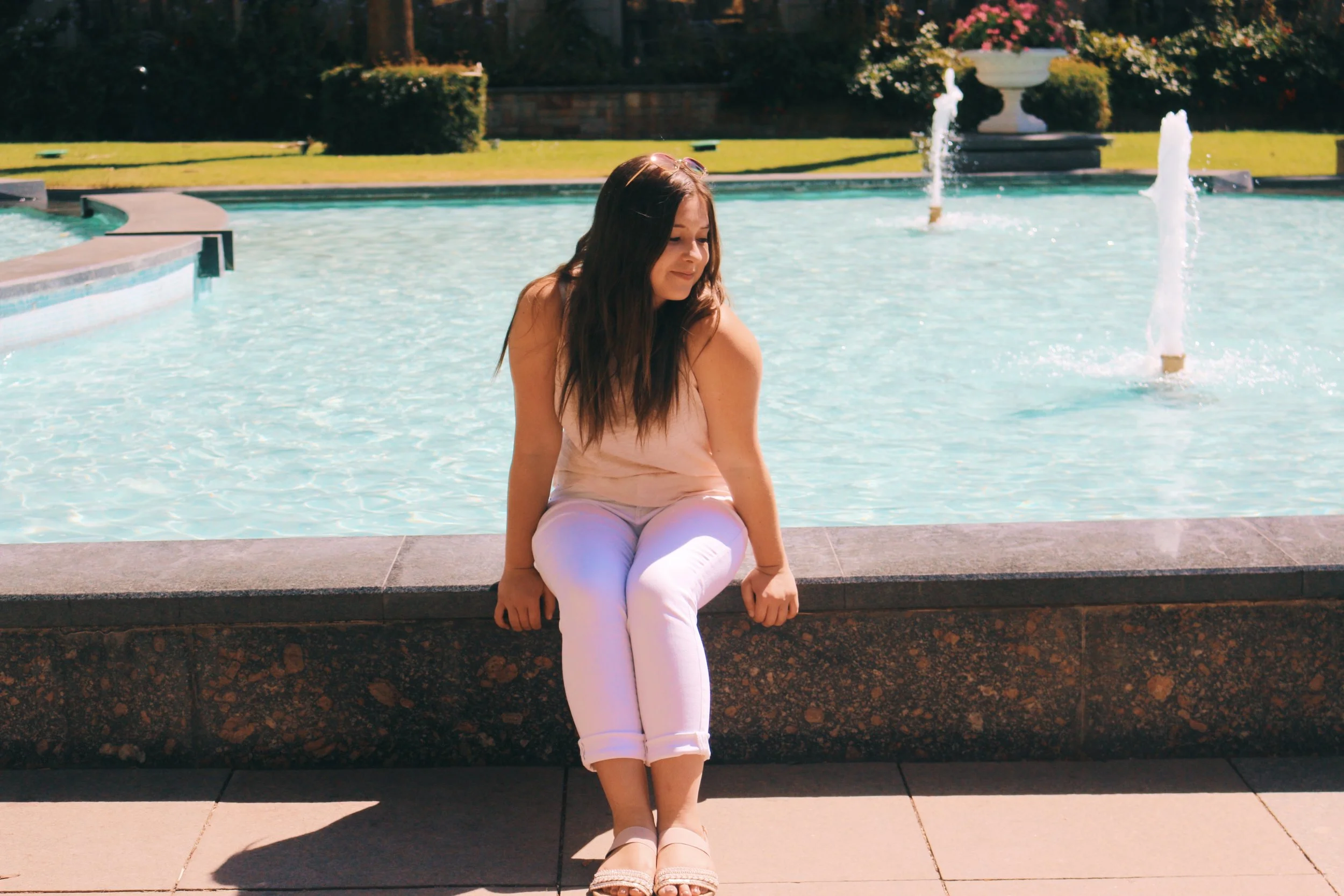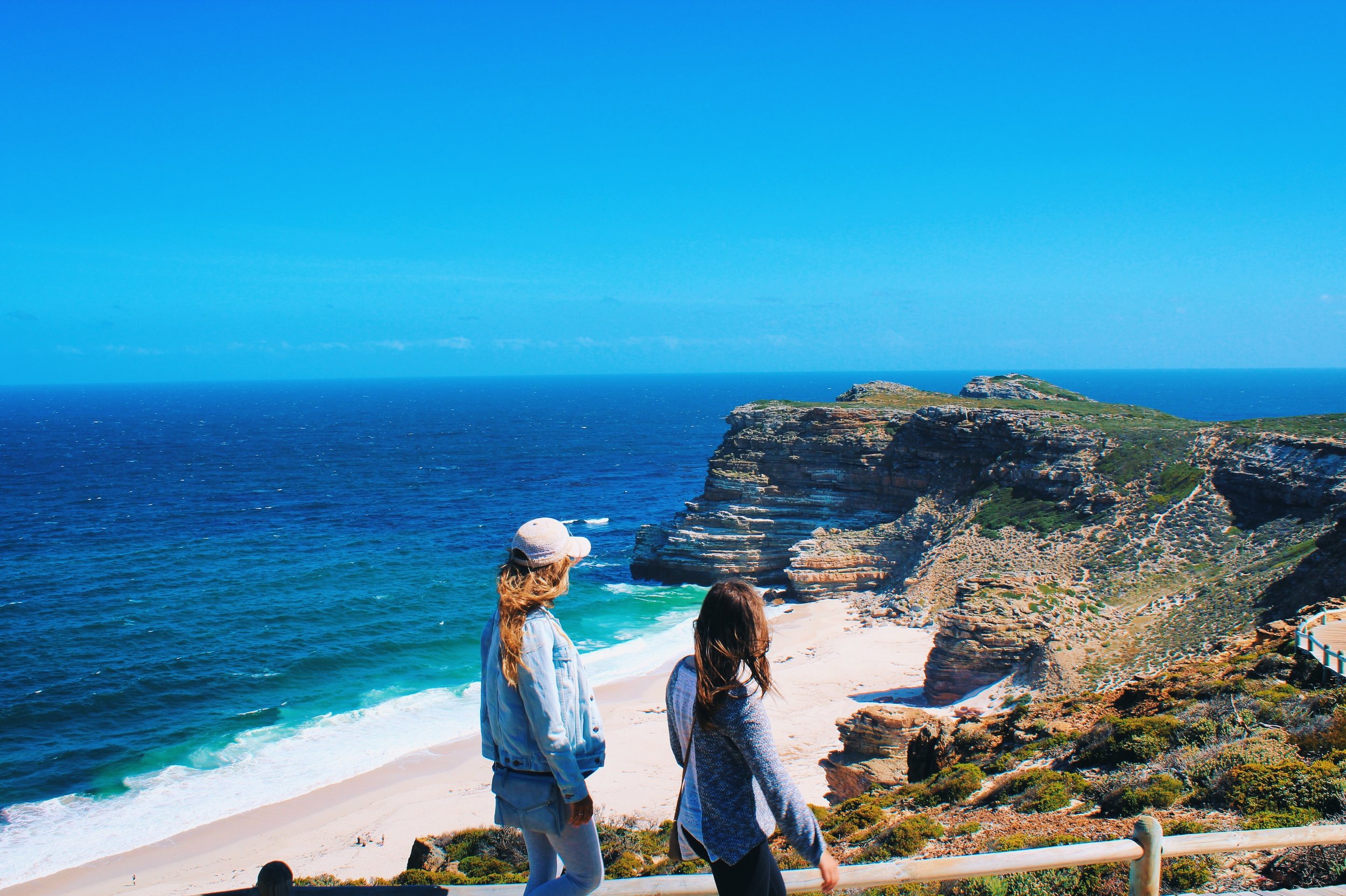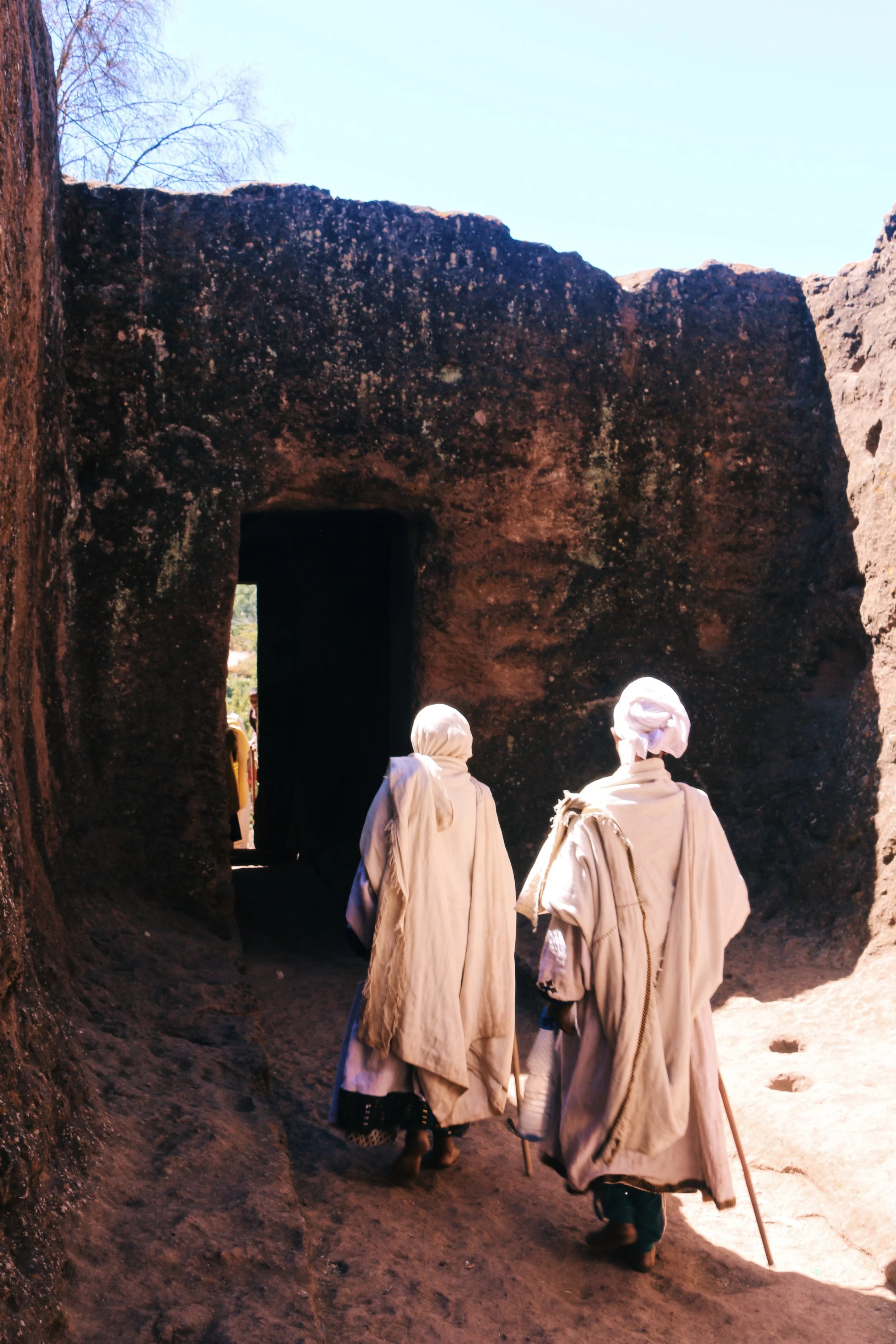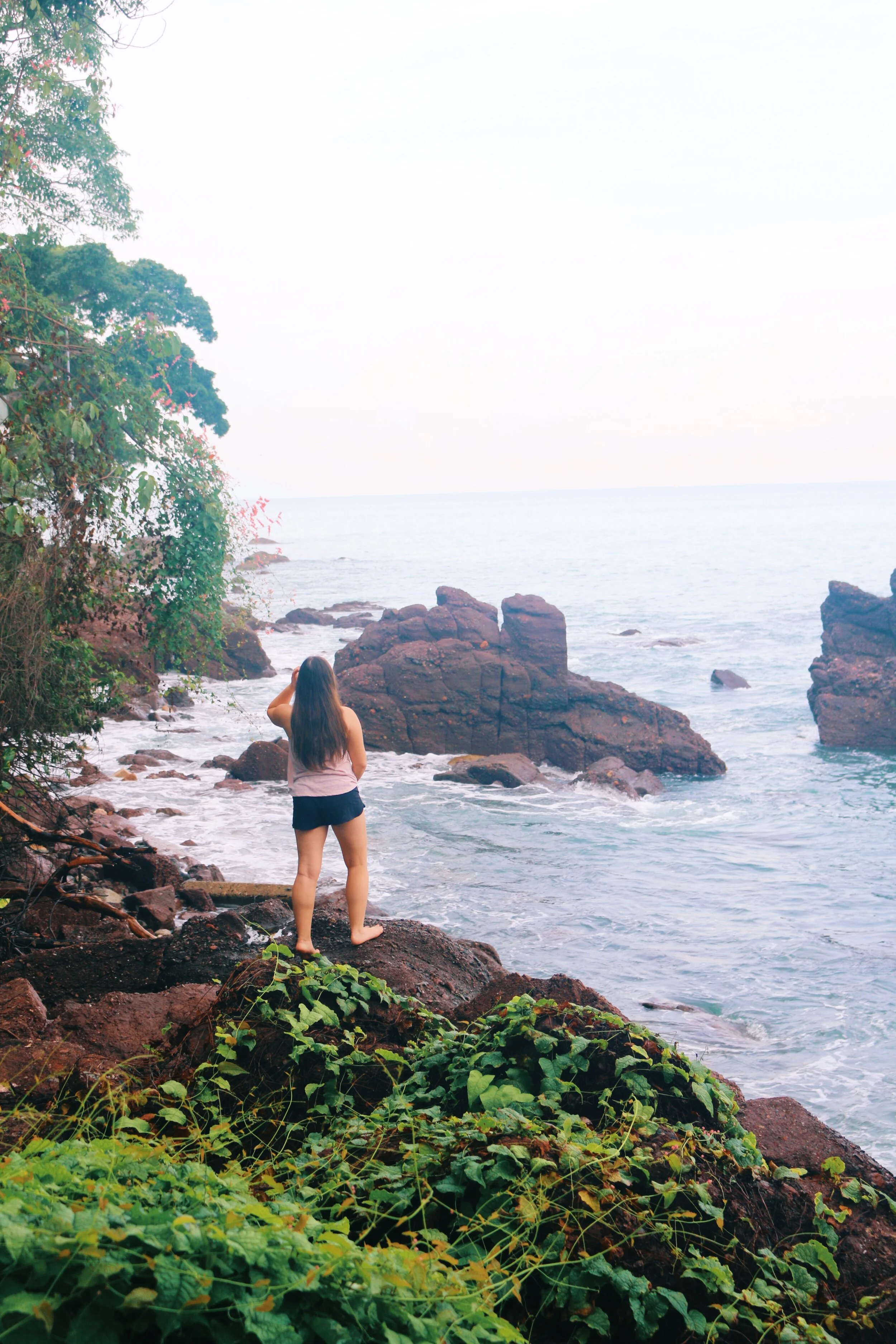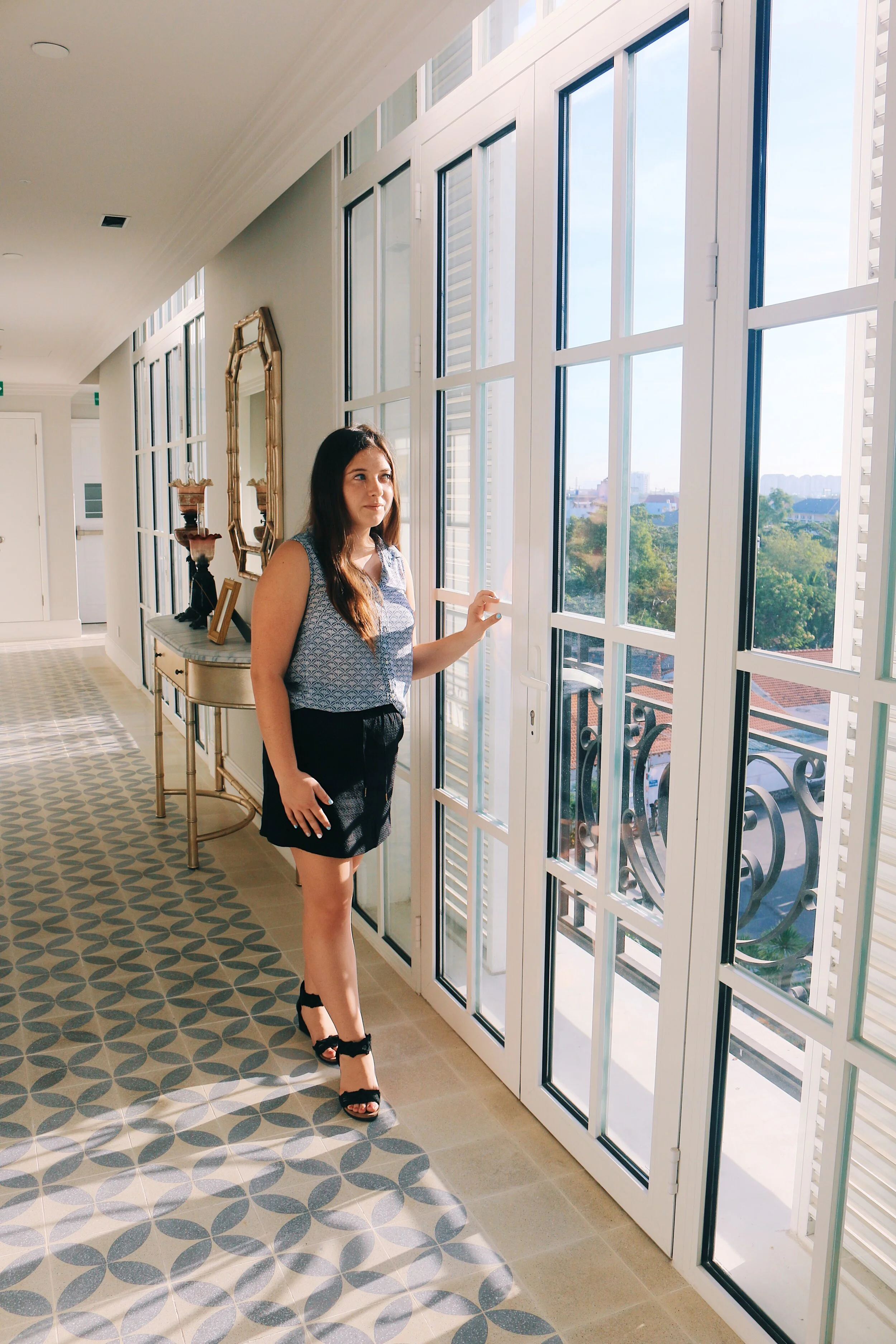TRAVEL REFLECTIONS - ETHIOPIA
Over the past few days I have settled back into my life in South Africa. My week in Ethiopia was a week of nonstop sensory as well as intellectual stimulation. The slower pace of life here in the Midlands caters to time for journaling and reflection, something I felt was needed after a full week of new experiences. After having the chance to process and reflect, I want to share some of my observations and takeaways from the trip.
The People
The local people I interacted with were curious about where I came from but most concerned with what I thought of their country. The Ethiopians my family came across were consistently proud of their country and excited and we were there to experience it.
In the Simien Mountains, I observed the local people to be very environmentally conscious. The national park is incredibly clean and locals and tourists alike make a deliberate effort to pick up after themselves. Our guide shared one of the mottos of the national park: Take nothing but photos. Leave nothing but footprints. That truly seemed to be an unspoken agreement between everyone in the Simien Mountains.
The people of the Simien Mountains take advantage of their surroundings in every possible way. Animals are used for food, farming, and transportation. Plants are used medicinally. And the mountains serve as protection to the villages that nest in the valleys.
The Food
The food is truly spicy. Having grown up around spicy Asian food it takes a lot of heat to get to my palate. I can safely say that Ethiopian food brings the heat. Just one spoonful of lentils had my nose running. I will always be biased towards Southeast Asian cuisine but I was definitely impressed by the Ethiopian dishes I got to try.
Ethiopian food revolves around bread (specifically Injera). Most cuisines that feature curries will feature some sort of starch to temper the spice. India has naan, East Asia has rice, and Ethiopia has Injera. Injera is a thin and spongy flatbread that has a surprisingly citrus-y taste. I’m not a fan of it on it’s own but it is greatly complimented by Shiro (a chickpea curry) or fresh veggies - and works wonders to temper spices.
The coffee in Ethiopia really is that good. Not only did Ethiopian coffee live up to the hype but it was easy to find everywhere. One of my favorite cups of coffee cost 35 US cents in a little shop in Gondar.
The Culture
By observing the locals interact with one another, I learned that Ethiopia takes collectivist culture to the next level. My family had several different guides and drivers over the course of our trip. Any time someone seemed to be having car troubles or issues on the side of the road our driver would roll down the window and make sure things were okay or if any help was needed. I observed shop keepers help eachother out when they didn’t have exact change for a customer. I observed one of our guides give a water bottle to a young girl on the street. Our guide in Lalibela even explained that the Lalibela locals avoid the churches during the weeks leading up to Christmas to allow the pilgrims* that travelled so far to see them have a proper chance to do so. I observed people helping one another just as a way of life in Ethiopia.
*Almost 1 million Ethiopians travel to Lalibela at Christmas to see the sacred monolith churches. These pilgrims often travel lengths of 30 days to get to Lalibela and travel is often on foot.
Bonus Fun Facts
Ethiopia is one of the oldest independent countries in the world.
Ethiopia was never properly colonised which left them on their own time-telling system and calendar.
The population of Ethiopia is almost double that of South Africa (Ethiopia: 105m | South Africa: 56m).
43.5% of Ethiopians are Coptic Orthodox Christian. 33.9% are Muslim.
The government owns all the land in Ethiopia. The locals can own buildings on the land and crops the land produces, but not the land itself.
Ethiopia currently has a female president (Sahle-Work Zewde).
For more quick facts about Ethiopia click here.
For more on this epic trip check out last week’s post where I outline why Ethiopia should make your travel wishlist!
For photos from the trip check out my Simien Mountains and Lalibela photo galleries.
A Final Note to my Fellow Curious Travellers:
One component to getting the most out of international travel is taking the time to reflect. I highly recommend journaling during or after a trip to a new place but sketching memories or putting together a photo collage could be just as effective for you. Travel can bring so much value and insight to your life but obtaining such value requires taking the time to immerse yourself during the trip and thinking critically at the end about what struck you the most.
